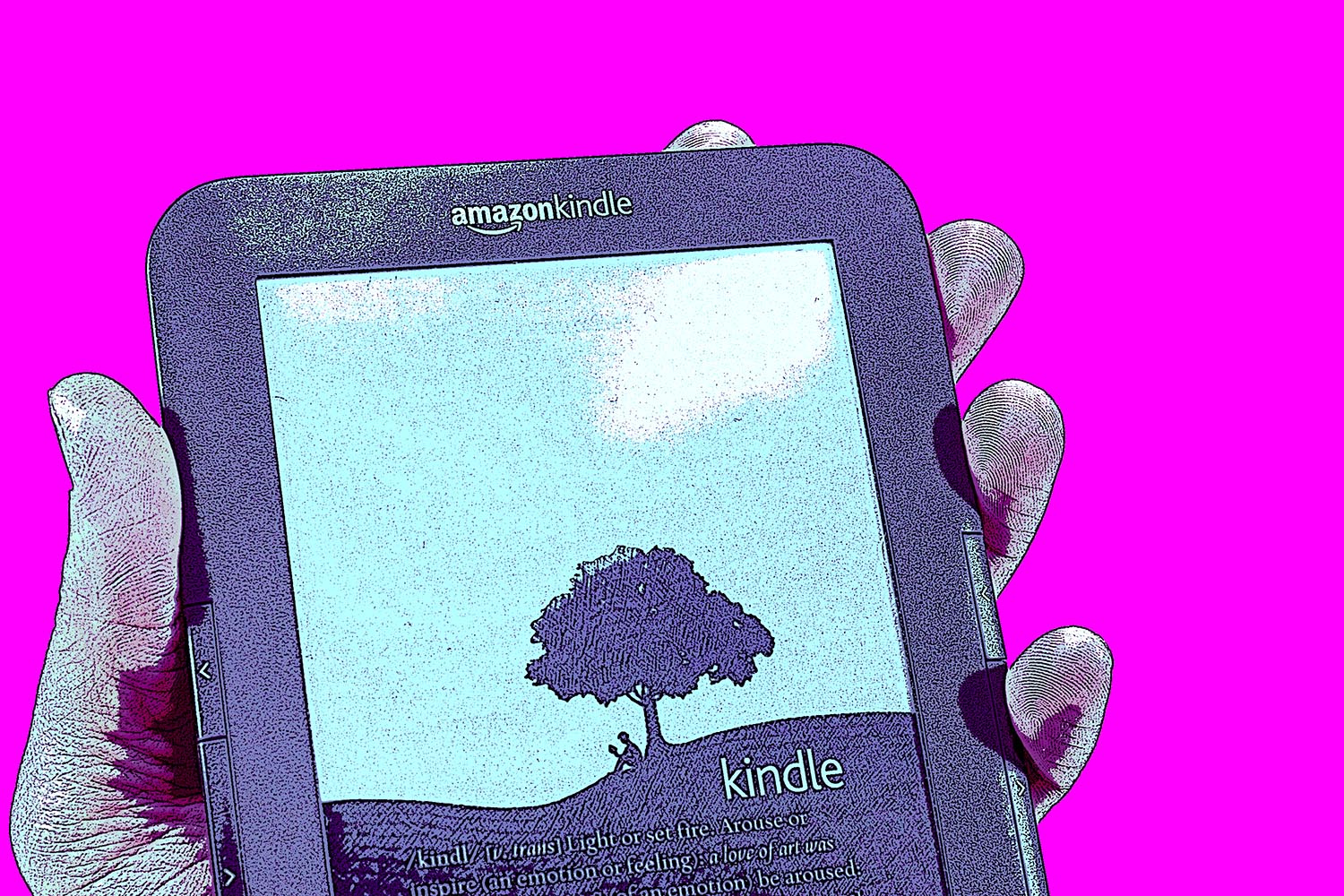
Gadgets like smartphones, tablets, laptops etc. were developed to connect users with the world in an intuitive, intimate and enjoyable manner, but little did we know that they would eventually change the face of education as we know it.
Owing to rampant technological advancements, schools and colleges today have come a long way, as pen and paper have been replaced with iPads, smartphones, Kindles, laptops and other innovative tools.
A lot of capital and effort have been invested in implementing a 1:1 device to student ratio. BYOD (bring your own device) solutions also ensure that students acquire the learning benefits of these advantageous tools. The increasing popularity of gadgets in the classroom is due to their unmatched capability to keep students engaged and help them develop a greater number of skills at an early age.
Let’s take a deeper look into how technology has revamped, upgraded and strengthened the education industry:
1. Learning extends beyond the classroom
Mobile classroom technology such as smartphones and tablets have increased scope and depth of student learning. No longer are students required to be present in a classroom in order to stay up-to-date with latest lessons and assignments. Instead, they can conveniently connect their devices to the school’s database and access documents, presentations and video lectures from there.
Global learning:
This transcending functionality of mobile classroom technology has also given rise to the raging phenomenon of global learning. Countless institutions are now offering online programs that can be taken by students anywhere in the world.
These programs are facilitated by interactive tools such as video conferences via Skype that enable faculty and students to connect with one another with ease. Thanks to this medium of learning, millions of individuals can now acquire knowledge and skills without having to be present in a different part of the world – something that was not possible a few decades ago.
2. Extinction of paper-based textbooks:
Schools share their curriculum via e-books that are cheaper, more convenient to use and readily accessible. This shift from paper-based books to eBooks has, in many ways, been facilitated by the widespread presence and popularity of online libraries and informative platforms like the Google Library Project or Kindle.
 3. Evolution of student and teacher roles:
3. Evolution of student and teacher roles:
With the infiltration of hi-tech devices in the classroom, student-teacher roles and interaction have changed. Teachers now act as facilitators to students in their learning process as opposed to their previous role of simply disseminating knowledge. Students, on the other hand, are now required to be more engaged and active, as it leads to a deeper understanding of concepts.
This evolution of roles is helping overcome the prevalent academia-industry gap whereby students felt under-prepared to take on jobs. Previously, the education system focused on merely imparting knowledge related to particular domains, rather than teaching and honing the skills required to excel in them.
However, more engaging and interactive learning methods are in use today. These methods sharpen basic skills as well as industry-specific skills in students. These methods include the use of video games on tablets that simulate real life situations, to bring about behavioral changes in students and make them goal-oriented.
These gaming models are not only effective in imparting knowledge but also nurture basic skills such as problem-solving and improvisation. Moreover, with the use of multimedia, teachers are able to keep lessons interactive and engaging by using captivating visual aids and videos.

4. Instant access to information:
Technology has granted instant access to information to both students as well as teachers. Previously students had to rush to libraries to read up for exams, however, now they can simply connect their device to a Wi-Fi connection and locate online resources.
5. Digitalized assessments:
Schools are now digitalizing their assessments in an attempt to reduce cost, facilitate easy analysis and better administration. In addition to this, by removing the human element, these online assessments provide students an impartial way of taking tests and assessing their knowledge level.
Schools also offer online tests aimed at gauging student knowledge in a particular domain. Students can conveniently access these from their devices, based upon their availability. Though these online methods are subject to risks like cyber-attacks, the benefits of these methods most certainly outweigh the risks.
6. Collaborative learning:
Students and faculty now have the provision of collaborating with people outside the classroom to enrich the learning experience. Due to this, lectures from industry professionals have become more common nowadays owing to video conferencing facilities and the use of smart TVs in classrooms.
Moreover, students now have the option of collaborating with teachers within and outside their classrooms in order to attain higher levels of understanding.
 7. Personalized learning:
7. Personalized learning:
Technological advancements have paved the way for more personalized learning as teachers now customize lessons to fit each student’s learning style and needs.
By having a dedicated device at their disposal, students can now work through the course curriculum at their own pace. Moreover, these tools enable educators to better understand each individual student’s academic strengths, weaknesses, personal preferences, interests, motivations and pace of learning.
Instructors can now maintain a ‘learner profile’ for every student that documents his/her strengths, weaknesses, goals and preferences. Moreover, individualized learning paths are now outlined for all students, which encourage them to define and manage their personal academic aims.
One of the greatest benefits of personalized learning is that it allows educators to assess more than a student’s understanding of a particular subject and instead also unveil their emotional states.
In addition to this, student information and learning management systems are being adopted by an increasing number of schools in order to facilitate the distribution of class assignments to students, management of student communications and tracking of individual student progress.
8. Facilitating student diversity:
Students have different preferences and styles when it comes to learning. What some find effective might seem unimaginative and boring to others, therefore, tablets, laptops, and smartphones enable teachers to captivate the interest of a diverse lot of students with ease.
E-learning modules and audio/visual stimuli appeal to students with different learning styles and preferences. Moreover, by implementing an activity-based learning system, educators are now able to captivate varying interests in students and therefore impart greater learning.
9. New prospects for students with special needs:
Students with special needs tend to not respond to conventional methods of teaching. However, a huge number of learning apps have come up in the last few years that are specifically aimed at engaging such students. These apps are easily available through trusted online platforms like Apple’s iTunes and Google’s Play Store.



















